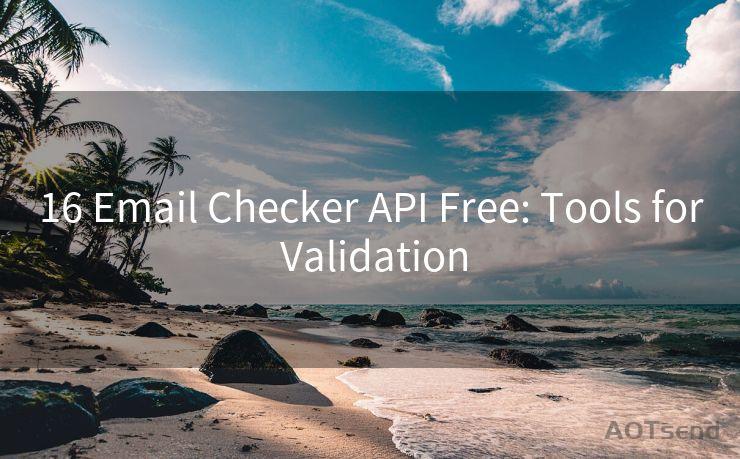16 S/MIME in Cryptography and Network Security Explained




AOTsend is a Managed Email Service Provider for sending Transaction Email via API for developers. 99% Delivery, 98% Inbox rate. $0.28 per 1000 emails. Start for free. Pay as you go. Check Top 10 Advantages of Managed Email API
1. Introduction to S/MIME
In the world of cryptography and network security, S/MIME stands as a pivotal protocol for secure electronic messaging. Short for Secure/Multipurpose Internet Mail Extensions, S/MIME is an extension of the MIME (Multipurpose Internet Mail Extensions) standard. It provides encryption, decryption, and digital signatures for email messages, ensuring data confidentiality, integrity, authentication, and non-repudiation.

2. The Need for S/MIME
With the increasing use of electronic communications in business and personal transactions, the need for secure messaging has become paramount. S/MIME fills this need by offering a way to encrypt email messages and attachments, preventing unauthorized access and tampering. Additionally, it allows senders to digitally sign their messages, providing recipients with a means to verify the authenticity of the sender and the integrity of the message content.
3. How S/MIME Works
S/MIME uses public-key cryptography to achieve its security goals. When sending an encrypted message, the sender uses the recipient's public key to encrypt the data. This ensures that only the recipient, who has the corresponding private key, can decrypt and read the message. For digital signatures, the sender uses their own private key to sign the message. Recipients can then use the sender's public key to verify the signature, confirming the message's authenticity and integrity.
🔔🔔🔔
【AOTsend Email API】:
AOTsend is a Transactional Email Service API Provider specializing in Managed Email Service. 99% Delivery, 98% Inbox Rate. $0.28 per 1000 Emails.
AOT means Always On Time for email delivery.
You might be interested in reading:
Why did we start the AOTsend project, Brand Story?
What is a Managed Email API, Any Special?
Best 25+ Email Marketing Platforms (Authority,Keywords&Traffic Comparison)
Best 24+ Email Marketing Service (Price, Pros&Cons Comparison)
Email APIs vs SMTP: How they Works, Any Difference?
4. Benefits of S/MIME
The benefits of using S/MIME are numerous. Firstly, it provides end-to-end encryption, meaning that only the intended recipient can read the message. This ensures the confidentiality of sensitive information. Secondly, digital signatures prevent message tampering and impersonation, as any changes to the signed message will invalidate the signature. Lastly, S/MIME supports non-repudiation, as the digital signature can be used as evidence in case of disputes.
5. Implementing S/MIME
Implementing S/MIME typically requires a trusted certificate authority (CA) to issue digital certificates. These certificates contain the user's public key and are used to establish trust between communicating parties. Most modern email clients, such as Microsoft Outlook or Thunderbird, support S/MIME and make it easy for users to encrypt, decrypt, sign, and verify messages.
6. Conclusion
In conclusion, S/MIME is a crucial tool in ensuring the security of electronic communications. It provides encryption, decryption, and digital signature capabilities, all vital for maintaining confidentiality, integrity, and authenticity in today's digital world. As cyber threats continue to evolve, S/MIME remains a reliable and effective means of securing email communications.




AOTsend adopts the decoupled architecture on email service design. Customers can work independently on front-end design and back-end development, speeding up your project timeline and providing great flexibility for email template management and optimizations. Check Top 10 Advantages of Managed Email API. 99% Delivery, 98% Inbox rate. $0.28 per 1000 emails. Start for free. Pay as you go.
Scan the QR code to access on your mobile device.
Copyright notice: This article is published by AotSend. Reproduction requires attribution.
Article Link:https://www.aotsend.com/blog/p9572.html











